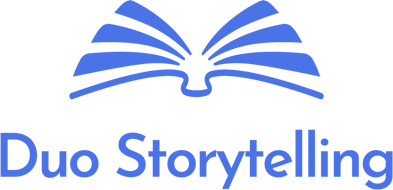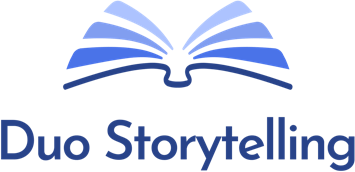When it comes to being a successful writer, hooking readers from the start is an important skill. With more nonfiction books published than ever each year, a strong hook and opening chapter can make the difference between a reader choosing your book over another. Unfortunately, it takes more than an interesting topic to reel in readers. In this article, we take a look at the different elements needed to hook your reader from the first line and keep them engaged to the end of your first chapter and beyond.
It Starts with the Title
It doesn’t matter whether you’re writing self-help or a business text, an attention-grabbing title is like a juicy cherry on top of a book sundae. It’s irresistible. Capture your reader’s attention with a name designed to draw interest and convey value before they’ve even opened the front cover.
Depending on your topic and target audience, what makes a compelling title may change. To ensure you’re on-trend, consider researching popular titles released in the last five years. You can narrow your research down by topic or subgenre to see what successful people in your niche are doing.
If you’re really stuck brainstorming your title, you can use a book title generator tool to get you started. However, generated titles are rarely spectacular, so they should only be used for inspiration.
Leverage Your Opening Line
The right opening line for your nonfiction book can have your readers feeling like you had them at “hello.” To achieve this, authors often begin their opening chapter with a compelling anecdote, thought-provoking question, or surprising statistic related to the book’s topic. Are you exploring a fascinating historical event? A shocking statistic? A personal revelation? Find that spark of intrigue and impart it in your opening line.
An immediate connection with real-life scenarios or intriguing information draws readers’ interest and motivates them to delve deeper into your book.
Set the Stage for Your Reader
Think of the opening chapter of your nonfiction book as setting the stage for an exciting performance. When done effectively, an introduction or opening chapter piques a reader’s curiosity while also hinting at the journey that lies ahead. Doing so means the reader not only knows where they’re “going” but also has a reason to be excited along the way.
Beyond that, your opening chapter should offer readers a glimpse of the overarching theme and purpose of your book. Make sure you clearly articulate your nonfiction book’s central question, solutions for the reader, or the insights you offer. This fills them with a sense of eagerness to discover the knowledge you’re sharing. But be mindful–you don’t want to give too much away.
Leave Them Wanting More
It’s easy to fall into the trap of wanting to give as much information as possible at the beginning of your nonfiction book. Unfortunately, overwhelming the reader with information can have the opposite effect of hooking them. Keep an eye on how deep you dive into your topic at first. There should be just enough information for the reader to orient to the book as a whole, not enough to feel like they’re an expert on a topic.
Finding the line between these two extremes can be difficult. To help you on your way, consider engaging beta readers or a professional editor.
Keep the Momentum
The work doesn’t stop at the first hook; the excitement from the beginning should continue throughout. You don’t have to fill your pages with shocking statistics or exciting graphics, but there should be threads of intrigue throughout.
Consider using some of the tricks we covered here throughout your manuscript. Tease exciting new information and highlight how your book delivers its promise. Just don’t let the hype overtake your core messaging.
Looking for More?
Looking for other articles on writing and storytelling? We’ve got you covered.
Find us on Instagram and Facebook for more.
Sign up for our newsletter to receive TWO FREE toolkits: Demystifying Query Letters and The Roadmap to Successful Self-Publishing.


